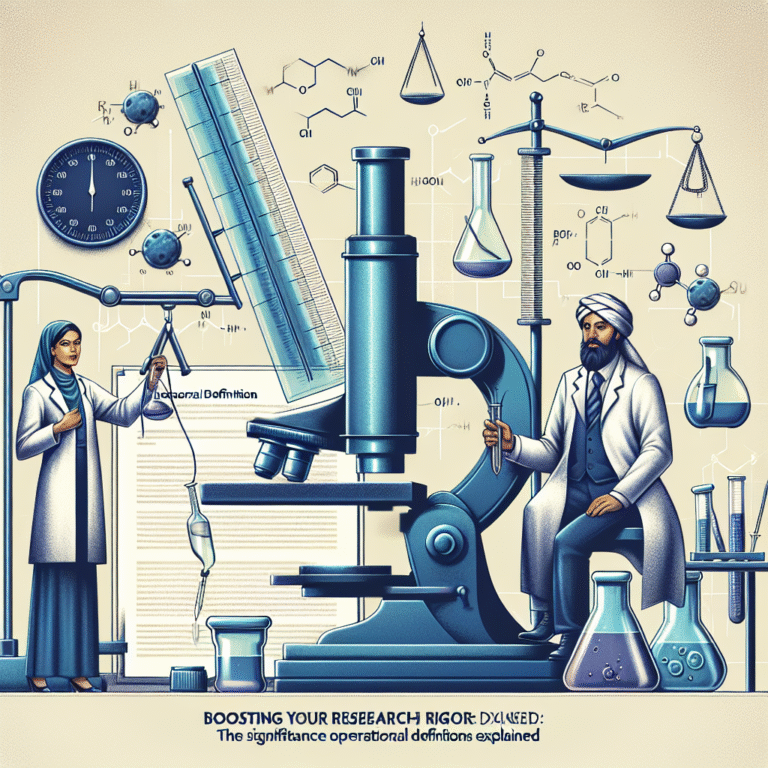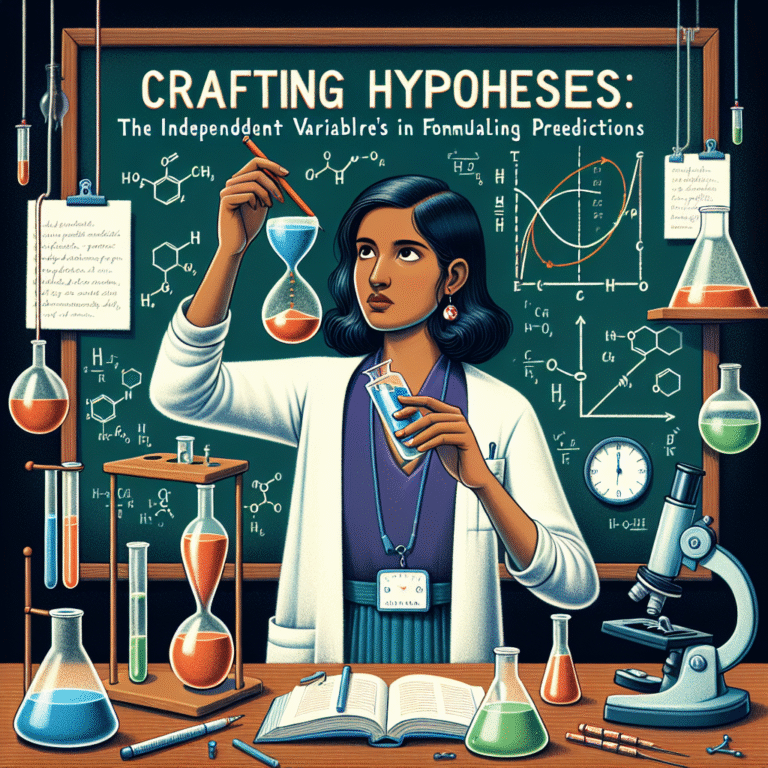
Introduction
In today’s fast-paced world, where instant gratification is the norm, consumers often find themselves at a crossroads between immediate satisfaction and long-term reliability. "Going the Distance: Evaluating Product Reliability in the Age of Instant Gratification" highlights this tension and explores how modern consumers can make informed choices that emphasize durability and performance over fleeting allure. With technology at our fingertips and options aplenty, the challenge lies in distinguishing which products are built to last versus those designed for short-term delight. Let’s delve into this crucial topic, emphasizing the importance of evaluating product reliability in a landscape increasingly focused on quick wins.
The Instant Gratification Paradigm
Understanding Instant Gratification
Instant gratification refers to the desire for immediate fulfillment of needs and wants, which places a premium on quick and accessible solutions. In an age where delivery services can bring products to our doorsteps in hours, and streaming services provide immediate access to entertainment, we’ve come to expect rapid responses to our desires.
The Price of Instant Gratification
While the allure of immediacy is undeniable, it often leads to hasty purchasing decisions driven by emotion rather than reason. Products offering instant appeal, whether in flashy advertisements or alluring packaging, can overshadow finer metrics of reliability and performance. Consequently, consumers may find themselves grappling with items that fail to meet their needs in the long run.
The Importance of Evaluating Reliability
In the context of "Going the Distance: Evaluating Product Reliability in the Age of Instant Gratification," it becomes essential for consumers to shift focus from mere purchase satisfaction to assessing the longevity and performance of products. This not only saves money but also reduces waste and contributes to more sustainable consumer habits.
Case Study 1: The Rise of Fast Fashion
Overview
Fast fashion brands like Zara and H&M have disrupted traditional clothing retail by offering the latest styles at incredibly low prices. While this approach has democratized fashion, it raises important questions about product reliability.
Analysis
Consumers flock to these brands for trend-driven purchases devoid of a thoughtful evaluation of durability. As a result, many end up with garments that wear out quickly—requiring more frequent repurchases. A 2021 study found that the average consumer buys 60% more clothing than they did in the year 2000, but wears each item half as long. This cycle embodies the challenge of "Going the Distance," prompting an investigation into how consumers prioritize style over substance.
| Year | Average Clothing Purchases per Person | Avg. Wear Time (Years) |
|---|---|---|
| 2000 | 23 | 3.5 |
| 2021 | 36 | 1.5 |
Key Insights
-
Consumer Incentives: Fast fashion thrives on rapid turnover, encouraging consumers to prioritize immediate form over lasting function.
- Sustainable Alternatives: Emerging sustainable fashion brands are gaining traction by promising longevity, highlighting the need for a fundamental shift in consumer expectations.
Assessing Product Reliability: A Framework
Building a Reliable Product Evaluation System
To effectively "evaluate product reliability in the age of instant gratification," consumers should adopt a structured approach:
- Research: Utilize online reviews, ratings, and comparison sites to gather insights on product performance over time.
- Brand Reputation: Assess manufacturers known for quality and durability. Brands with a history of reliability often have established customer loyalty.
- Warranty and Return Policies: Evaluate the terms of warranties and return options, as they often reflect manufacturer confidence in their product’s longevity.
- Material Quality: Understand the materials used in production. High-quality materials often correlate with better durability.
Case Study 2: Consumer Electronics
Overview
The consumer electronics market, dominated by brands like Apple and Samsung, serves as a compelling example of how reliability can affect consumer loyalty.
Analysis
Apple, for instance, invests heavily in product testing and customer satisfaction, resulting in devices that often outperform competitors in terms of longevity. A 2020 survey by TechRadar revealed that nearly 80% of Apple users stated they would repurchase due to product reliability. In contrast, lesser-known brands offering budget devices may entice consumers with lower prices but can disappoint in functionality and durability.
| Brand | Customer Retention Rate | Average Lifespan of Devices (Years) |
|---|---|---|
| Apple | 80% | 4-6 |
| Samsung | 70% | 3-5 |
| Generic Brands | 40% | 1-2 |
Insights
-
Long-Term Investment: Reliability often justifies higher initial spending. Consumers are likely to find enduring value in products that perform well over time.
- Consumer Awareness: As efforts to promote sustainability heighten, there is an increasing trend toward considering the lifespan of electronic products.
The Role of Reviews and Consumer Feedback
Importance of Consumer Reviews
In our digital age, online reviews have emerged as a primary decision-making resource for consumers. Sites such as Yelp, Amazon, and Trustpilot provide platforms for honest feedback, making it easier for buyers to assess product reliability.
Analyzing Consumer Patterns
A 2022 study indicated that 92% of consumers read online reviews before making a purchase. Positive reviews often correlate with durable products, while negative feedback frequently involves issues such as rapid failure or poor customer service.
The Impact of Social Proof
Social proof, in the form of testimonials and ratings, greatly influences consumer behavior. Brands that effectively engage with customer feedback, addressing concerns and showcasing their commitment to quality, can differentiate themselves in a congested market.
The Psychological Factors at Play
Emotional Appeals in Consumer Behavior
Instant gratification is often fueled by emotional appeals. Advertisers capitalize on the desire for quick satisfaction, often leading consumers to overlook the longevity and reliability of products.
FOMO (Fear of Missing Out)
The fear of missing out on trends or innovations can lead to impulsive purchases. Understanding the psychological underpinnings of consumer behavior is crucial for making informed decisions.
Bridging Emotional Appeals and Rational Choices
To "go the distance," it’s essential for consumers to harness self-awareness and recognize triggers that lead to impulsivity. Setting mental barriers to slow down decision-making can typically lead to more reliable purchases and lasting satisfaction.
Actionable Consumer Insights
Cultivating Mindfulness in Purchasing
To maximize product reliability, cultivating mindfulness during the purchasing process can help consumers differentiate between needs and wants. By evaluating the longevity, usability, and brand reputation, consumers can prioritize investments that stand the test of time.
Incorporating a Cost-Benefit Analysis
Consider creating a table that evaluates major factors like cost per use, durability, and warranty length. This rational approach can alleviate the emotional highs and lows associated with impulsive buys.
| Product Type | Cost | Expected Lifespan | Cost per Year |
|---|---|---|---|
| Quality Backpack | $150 | 5 years | $30/year |
| Fast Fashion Bag | $50 | 1 year | $50/year |
Seeking Out Quality over Quantity
Emphasizing quality over quantity can yield better long-term outcomes. Investing in fewer, high-quality items often results in greater overall satisfaction and reduced environmental impact.
Conclusion
As consumers navigate the murky waters of instant gratification, "Going the Distance: Evaluating Product Reliability in the Age of Instant Gratification" serves as a crucial reminder to prioritize longevity alongside appeal. As we shift our mindset away from short-term pleasures and toward lasting value and reliability, we can make informed choices that not only benefit our pockets but also the planet.
Final Takeaway
When evaluating products in the age of instant gratification, eschew the allure of immediate appeal and instead consider the bigger picture. High-quality, reliable products not only enhance daily life but ultimately lead to greater satisfaction and sustainability. Embrace the journey of mindful purchasing, and always seek to "go the distance."
FAQs
1. Why is product reliability important in today’s consumer market?
Product reliability matters because it reduces waste, minimizes costs in the long run, and enhances customer satisfaction. Consumers are encouraged to invest in items that withstand time instead of succumbing to the fleeting nature of instant gratification.
2. How can I effectively evaluate a product’s reliability before purchasing?
To evaluate reliability, research online reviews, assess brand reputation, and examine warranty and return policies carefully. Understanding the materials used can also help predict durability.
3. What are the psychological factors influencing impulsive buying in the age of instant gratification?
Impulse buying is often driven by emotional appeals, trends, and FOMO (Fear of Missing Out), leading consumers to prioritize immediate satisfaction over lasting value.
4. Can investing in reliable products lead to better financial outcomes?
Yes! Investing in reliable products may require higher initial spending, but their longevity often leads to reduced cost-per-use and fewer replacements, saving money over time.
5. How can I promote sustainability while satisfying my need for instant gratification?
You can promote sustainability by prioritizing high-quality, durable items, reducing the frequency of purchases, and selecting brands committed to ethical production practices. Seeking second-hand options can also foster consumer sustainability without giving up immediacy.
By embracing these insights and shifting our focus towards reliability, consumers can transform their purchasing habits to reflect a more thoughtful and sustainable approach in an age of instant gratification.


















